Meeting our customers harshest needs
Performance Metallic Seals
APS designs and manufactures performance metallic seals to meet your application requirements. APS will be pleased to analyze your particular application and make a recommendation.
Design
At our headquarters in Wallingford, CT, APS designs static and dynamic sealing systems not only for its own products – which are engineered for hostile, harsh environments – but also for customers with their own unique, demanding applications. Our engineering team has decades of experience in sealing system design in a variety of demanding industries and applications, including: aerospace, downhole production and development, petrochemical, mining, laser inert gas chambers, biomedical, pharmaceutical, hydraulic and pneumatic equipment.
We work with our customers to develop comprehensive in-house build, test and qualification plans to prove the effectiveness of seals and sealing systems. Most components are manufactured and tested at our Wallingford, CT facility. Advantages of working with APS include:
- Design engineering using SolidWorks and ANSYS software
- Rapid prototyping of seal housing cartridges and fittings of 17-4PH, Titanium, Aluminum, Ni Alloy 718 and many other high-performance alloys
- Metallic seal material including 304/321/316 Stainless Steel, 17-4PH, Hastelloy, Waspaloy, Ni Alloy X750/718, MP35N and many other high-performance alloys
- Nonlinear FEA to analyze critical seal performance at the design phase
- Pressure testing to 27,500 psi, 175˚C
- High cycle pressure testing
- Rotating seal testing to 4,000 psi, 175˚C
- Shock, vibration and HALT testing for prototype seal qualification
- Thermal shock testing
- Worldwide distribution
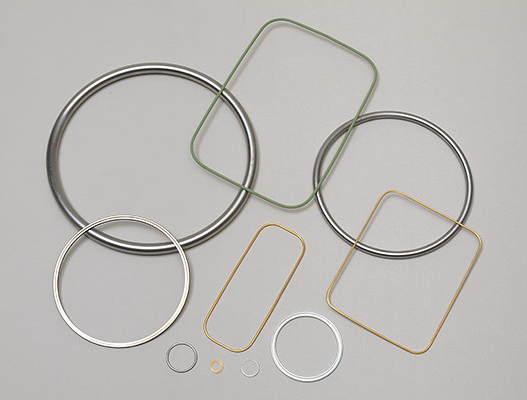
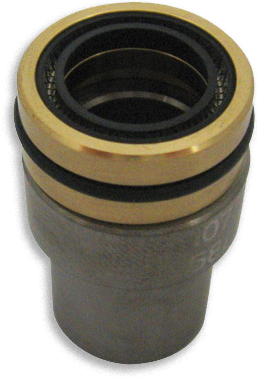
Performance Seals
Metallic seals offer excellent solutions to many very difficult sealing applications. In principle, metal seals can be applied in a manner similar to standard O-rings and seals (e.g., MIL-G-5514, AS4716). In many cases, metal seals can replace elastomer or Teflon (PTFE)-based seals using the existing cavities. APS can manufacture a wide variety of precision seals to suit your application.
Selecting the correct metal seal for a particular application requires more care than for a comparable rubber or PTFE seal. Typical characteristics of each seal profile are outlined below. APS will be happy to analyze your particular application and make a recommendation. Considerations for a successful design include:
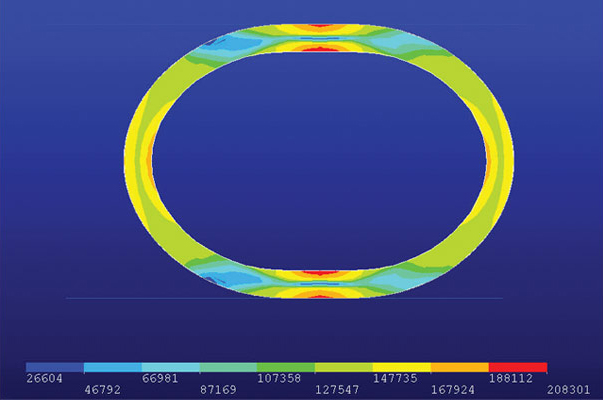
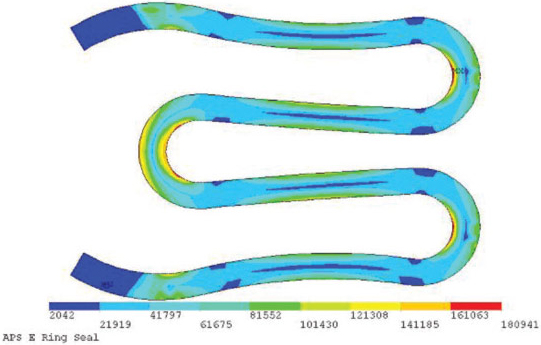
Fits: Unlike elastomer and most PTFE seals, metallic seals are manufactured to exacting dimensions with tight tolerances, and the fit into the cavity is more critical. They cannot be stretched over rods or into shaped grooves and, therefore, must be designed and manufactured to fit with proper shape and clearances.
Loads: Loads required to compress metal seals are greater than those for elastomer and PTFE seals. APS can analyze the loads of a particular design to assist you in hardware design and bolt loading.
Springback (or resiliency): This is the degree to which a seal will recover from the compressed state. Generally, the larger the free height, the more resilient the seal. Seals with greater springback will continue to seal as flange surfaces separate during pressure and temperature excursions.
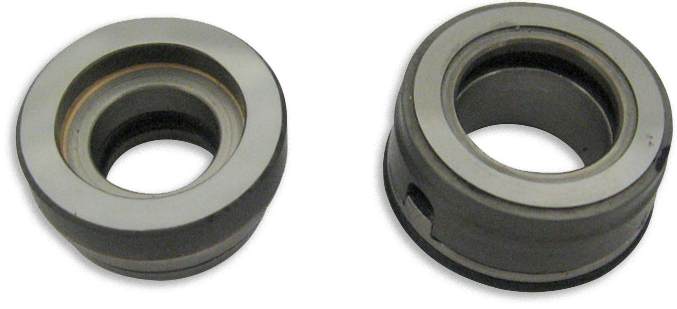
Pressure Capability: Metal seals can seal from high vacuum to 50,000 psi.
Leak Tightness: Metal seals are capable of achieving very tight leak rates, which depend upon a combination of factors, including flange surface roughness, lay direction, seal design, coatings, plating and the amount of compression. Unlike rubber O-rings, a metal seal’s leak tightness diminishes when overcompressed.
Temperature Capability: Metal seals are capable of operating at temperatures of -60° to 1600°F (-50° to 870°C), depending upon the seal and plating materials.
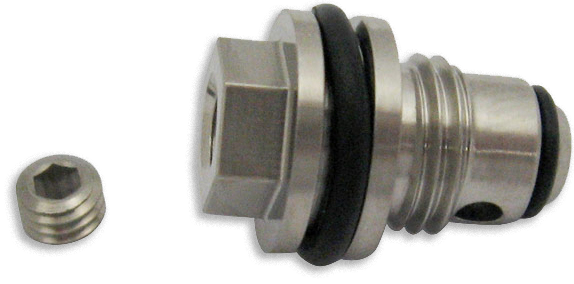
Chemical Resistance: APS metal seals are constructed of corrosive-resistant alloys. Many materials meet NACE MR-01-075 requirements. Consult with APS’s engineering department for materials recommendations for extreme applications.
Analysis: Metallic seals are generally used in extreme applications where the performance of conventional elastomeric or polymeric seals is unacceptable. APS Technology has extensive capability in analyzing the behavior of the seal and the system. Structural, thermal and vibration analyses are performed using ANSYS and NASTRAN Finite Element Analysis programs.
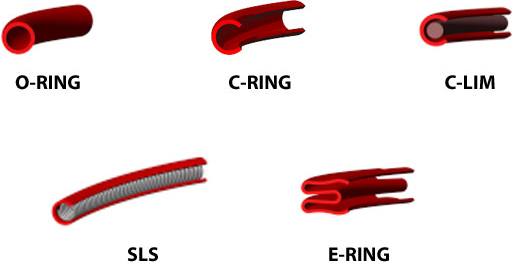
Tool Specifications
Performance Seals & Sealing Systems Technical Data Sheet
General Specifications
| Seal Type | ||||
| O-Ring | 1,000 psi nonvented 5,000 - 25,000 psi vented |
900˚F (480˚C) (321 stainless) |
Moderate | Low |
| Applications: < For rigid, stable connections < Lowest-cost metal seal |
||||
| C-Ring | 8,000 - 25,000 psi 50,000 psi special designs |
-60˚ to 1600˚F (-50˚ to 870˚C) |
Moderate | Medium |
| Applications: < Stable connections, minor separation permissible < Highest temperature rating |
||||
| C-Lim | 8,000 - 25,000 psi | -60˚ to 1200˚F (-50˚ to 650˚C) |
High | Low |
| Applications: < Used as high-performance compression (crush) seal |
||||
| SLS | 5,000 - 22,000 psi 35,000 psi special designs |
-60˚ to 1200˚F (-50˚ to 650˚C) |
High | Medium |
| Applications: < Most tolerant seal for surface imperfections, waviness < High vacuum capable |
||||
| E-Ring | 5,000 psi | -60˚ to 1600˚F (-50˚ to 870˚C) |
Low | High |
| Applications: < Hot air ducts, gas turbine engines, valve seats, turbochargers |
||||
Request more information about Performance Seals & Sealing Systems
Fill out the form below. A sales representative will be in touch with you shortly.

